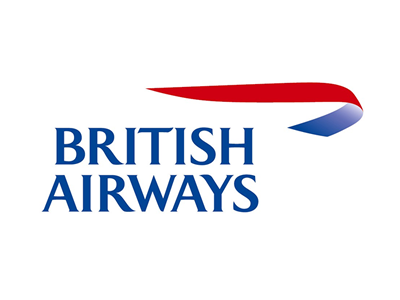
A taste of ink & pink
September 2009. High Life magazine (British Airways)
Local ingredients cooked with homegrown flair make Dubrovnik a tasty destination for food lovers, as top London chef Mark Hix discovers on his first visit.
For years now I’d been wanting to tick Croatia off my holiday list. Well, I say holiday, but my trip to Dubrovnik, on the Adriatic coast, was more like work – I had just two and a half days to check out the local restaurants, food, culture and wine. It was a tight schedule but I took my rod and tackle with me just in case. You never know what’s in store.
On my first day I checked into Dubrovnik’s newly refurbished Excelsior hotel, which overlooks the sea and the island of Lokrum, and headed for a late lunch in the nearby Proto restaurant. I knew that the food in Croatia is Italianesque, although when I mentioned this to some of the locals they naturally replied that, on the contrary, Italian food is very much influenced by theirs. I didn’t want to get into a heated discussion so I left it at that. I chose a plate of local Dalmatian ham, which was perfect and rather like a well-made Parma ham — oops! I followed with stewed octopus and polenta dyed by squid ink — simple and to the point.
After lunch we went for a walk around Dubrovnik, a classic walled seaside town. Once you’re inside there is not a car to be seen, just highly polished stone streets — I’ve never come across any as well-groomed and squeaky clean. The place feels like a film set, although there were a few too many souvenir shops for my taste. I did actually visit a couple of them, as a mate of mine collects fish-related objects. Nothing came home in my suitcase, though.
Oysters were something that I didn’t quite expect to be on the menu during this break but the next day we took a trip to Ston, about an hour away to the north on the Peljesac Peninsula, to spend the morning with an oyster fisherman on his boat. The oysters are not grown in beds as we see in the UK but on ropes like mussels, and they are the flat oyster variety, Ostrea edulis. The oysterman told us that they often get eaten by dorado that come into the estuary for a lazy supper. I was casting a lure in amongst the oyster ropes while he was telling me, so this got me slightly excited as you can imagine, but there was no joy.
Next day we travelled south of Dubrovnik to the Gruda winery. After a tour of the vineyard we sat down for a bit of a tasting with some local cheeses. I’ve never actually seen a Croatian wine on a list anywhere in the UK – or anywhere else, come to that. We tasted a Plavac Mali, a 2006 mid-range wine, which would happily sit on my wine lists, then a Merlotina 2006, which was finished for 18 months in French oak and was the most expensive of all the wines. We moved on to a Cabernet Sauvignon Trajectum 2006, again superb. We could have been anywhere in the world tasting these great wines.
I was slightly intrigued to try the local rosé, because all the locals seem to look down on the consumption of the pink stuff. I’m not sure why, because the surroundings and the sea and seafood make it a perfect match — if we were in Spain, it would be on every restaurant table. When we finally got round to tasting this one, made with the kadarun grape, there was nothing wrong with it at all. It had a great, slightly rusty colour, which I love, and a pleasant dryness. It was cheap, too.
Lunch after the winery was one I was really looking forward to. It was at a country restaurant called Konavoski Dvori that specialises in lamb and veal cooked in the embers of an open fire under a peka, a traditional iron bell. You have to pass by the pots at the entrance to the restaurant so your taste buds are going before you’ve even sat down. The first thing I did was to get a bottle of rosé on the table. We started off with some local cured meats and soft polenta with braised snails, but the main show was the peka dish. I was hoping for it to come in big chunks on the bone but it was somewhat deconstructed, which was a shame, but it was very tasty indeed, especially with the sliced potatoes and onions that were cooked under the meat. We were firmly on the rosé and managed a second bottle (or was it a third?). We sat and watched the wild brown trout in the Ljuta river that runs right past the restaurant, although typically I’d left my fly rod back at the hotel.
Award-winning chef Mark Hix has eponymous restaurants in Smithfield, London and Lyme Regis, Dorset. His most recent book, British Seasonal Food (£25, Quadrille) is out now.
WAY TO GO
British Airways flies to Dubrovnik from London Gatwick. Join the Executive Club and earn up to 2,135 BA Miles when you fly Club Europe to Dubrovnik.